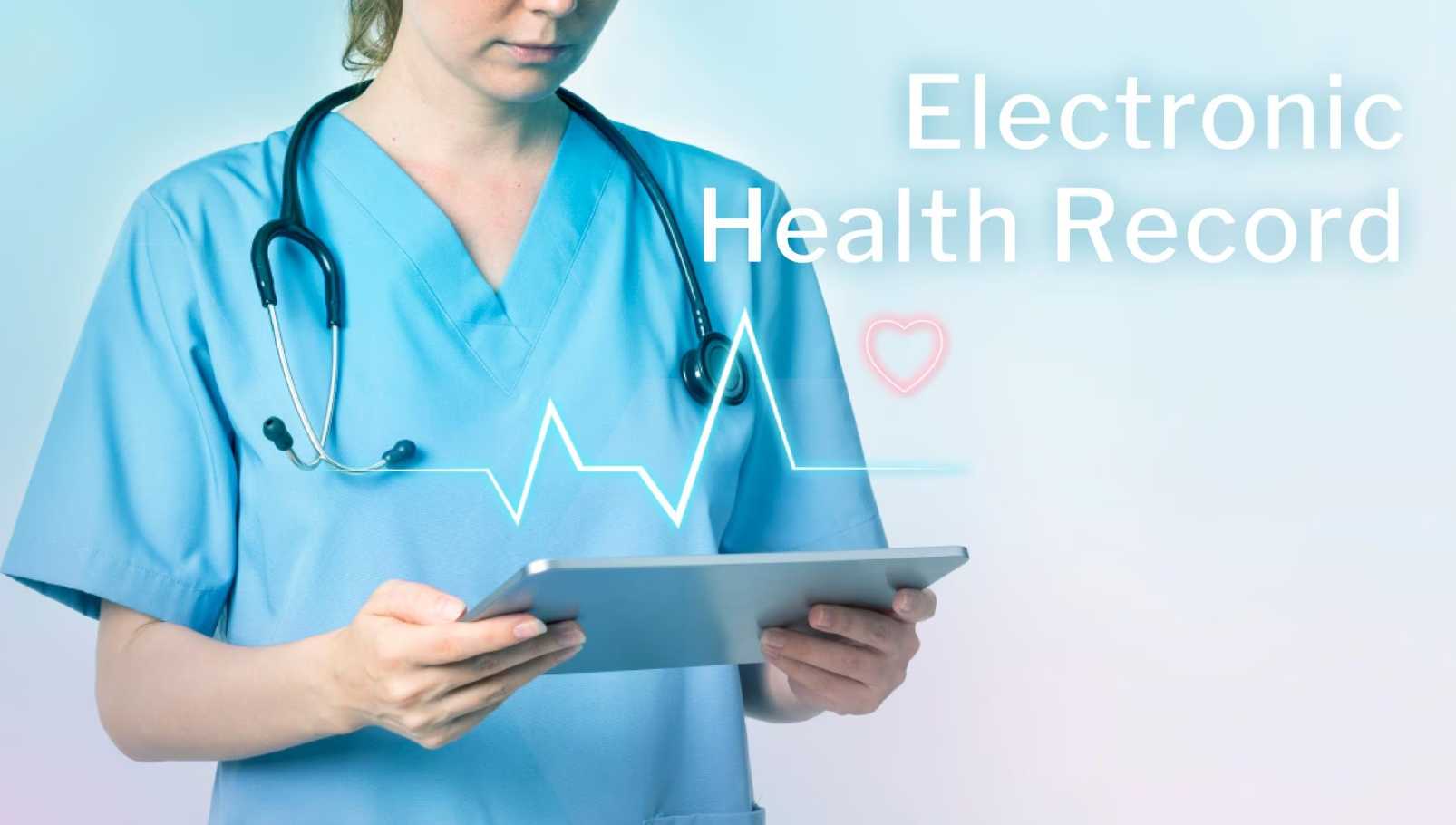The integrated and automated digitalization era has made it possible for many businesses to advance professionally and has also produced beneficial outcomes. One of the most valuable and approachable examples is platforms for clinical study conduct, and electronic health records serve patients and healthcare practitioners efficiently. It is a good illustration of how patient record documentation has grown into a system that helps patients and healthcare departments and gives rise to clinical research delivery.
The practical support of EHRs in clinical research was noted in one of the publications based on a survey carried out by GlobalData. According to the report, more than 75% of healthcare professionals identified proper EHR deployment as contributing to improved patient care. EHRs promote safety by decreasing the chance of medical errors. Furthermore, it offers several other benefits in medical care as:
- More coordinated patient treatment,
- The ability for quicker data sharing to support the whole healthcare practice.
- Increase patient satisfaction so they can control their data
- Enhance clinical research and use big data to develop novel therapies
- Expand the routes for providing healthcare
Despite the slow rate of community embrace of EHRs, healthcare organizations continue improving patient care quality by offering dependable, prompt, and efficient service. As patient needs and demands have become more complex, the practice has demonstrated its effectiveness in advancing. Additionally, healthcare professionals have significant advantages in inspecting, assessing, and safely securing patient data. But it also has its difficulties. In terms of human nature, some examples include the numerous intricate aspects, challenging nature, and lengthy process that it bore.
What are electronic health records in healthcare?
With the use of electronic health records, patient records are improved, and the entire process of medical coding services change and billing. Healthcare professionals continuously retain an electronic version of the patient’s complete medical history and treatment records at an evaluative pace. It contains all essential administrative, clinical, and patient data, including:
- Notes on progress
- Demographics
- Issues and vital signs
- Medications
- Immunizations
- History of illness
- Laboratory results
- Reports on radiology
Although patients must have access to information about their medical issues, EHRs are crucial. It also improves health-related tasks like evidence-based decision-making, outcomes reporting, and quality management. It has excellent potential to enhance the entire clinical workflow.
However, EHRs are more robust regarding the patient experience and overall relationship with the practitioner. The availability and timeliness of the data greatly aid clinicians in evaluating the practice and comprehensive patient care. Healthcare providers have easy access to patient data. The examples are:
- The availability of health information decreases the need for repeated tests and treatment delays since it increases the clarity and accuracy of medical data.
- Encourage patients to use available information to make educated decisions.
- Medical errors are decreased when the data are more accurate and precise.
Pros and Cons of Electronic Health Records
Undoubtedly, people know the importance of electronic health records and how various digital tools enhance practice standards and healthcare programs. However, many healthcare disciplines still need to manage an overview of the electronic record-keeping process effectively. Therefore, an integrated computerized system is vital to address the enormous amount of data about various patients.
Although initially, only medical experts could use the app. The ability of the workers in healthcare departments to understand and use the effectiveness of the EHR software is still being worked on. Therefore, healthcare professionals need a sizable quantity of training to assess its applicability to their present demands and enhance the upkeep of massive patient data. Here are some advantages and disadvantages of EHRs that will help you learn how to increase efficiency and improve clinical practice.
Dental billing company efficiently considers the demanded healthcare and patient billing procedures. It helps to streamline the process and maintain the patient experience.
Advantages of Electronic Health Records in Healthcare
Financial Opportunities
The government, Medicare, and Medicaid encourage using certified EHRs to improve financial incentives for patient care. As a result, in a value-based system, the usage of EHR software by healthcare providers is crucial. Additionally, they add to these payments if you capture the information to support a patient-centered medical home.
Time-Saving Templates
Another significant advantage is the powerful software’s pre-designed templates for data recording. Using these templates in practice for any general or specific application ensures high accuracy and updates of the data entered by the personnel. As an illustration, it is stated that the employee will effectively and individually record the patient information for both OB/GYN visits and oncology appointments.
Patient Portal Improves Access
Another significant benefit of the HER program is the patient portal, which may be activated to save you time and offer your patients access to record and review their medical records. Additionally, it does the best it can to allow patients to record information, whether at home or in waiting areas, avoiding the specifics that should be on printed forms.
According to the Centre for Disease Control, patient portals help work well for photos and data, and telehealth models effectively aid in forwarding and safeguarding messages. Regarding giving patients access to manage their information while operating distance, Covid – 19 have observed an extraordinary benefit from these patient portals. Patients could enter their information into computers without going to the doctor or wasting much time filling out paperwork in waiting areas.
Disadvantages of Electronic Health Records
You need to know the possible dangers associated with the system before installing the software. Numerous unauthorized accesses may attempt to corrupt the data, and there may also be other issues that need your attention.
Criminal Hackers
Healthcare patient data must be protected from particular ransomware attacks. Therefore, this information is compassionate. Many malicious hackers are there to infect the systems of organizations with malware. Alternatively, they exploit the data to make money using bitcoins or cryptocurrencies to cover their tracks. Additionally, the public misusing their patient data might ruin patients’ reputations. As a result, protecting data is essential for accelerating the healthcare process.
Try seeking advice from knowledgeable IT experts who can expertly install specific data security technologies to save your machine. Your cloud-based EHR system protecting patient data is another crucial component in keeping it safe. It will also work best for you in an emergency, such as a natural disaster, where you must relocate your workers for security.
Developer Fails to Provide Timely Updates
The software’s developer must frequently update it to avoid defaults. However, you may acquire practical assistance with installing a cloud-based system that will guarantee the automatic adoption of updates.
Not Following Software Industry Best Practices
Your developer must be familiar with frequently updating software following industry best practices and update regulations if you want reliable results. So, to protect yourself from potential risks and accidents, you must speak with the finest software supplier with experience.
Conclusion
It would not help you in any way if you were hesitant to install EHR software due to information paralysis or fear of other concerns. Nor can one wait any longer. However, as soon as your team realizes the necessity of using the application, you must get it. You should think about investing in dependable software if you want to attain an effective revenue cycle. Additionally, it will save you and your staff time because it is marketed as an effective tool.





